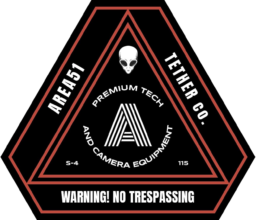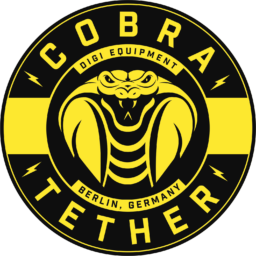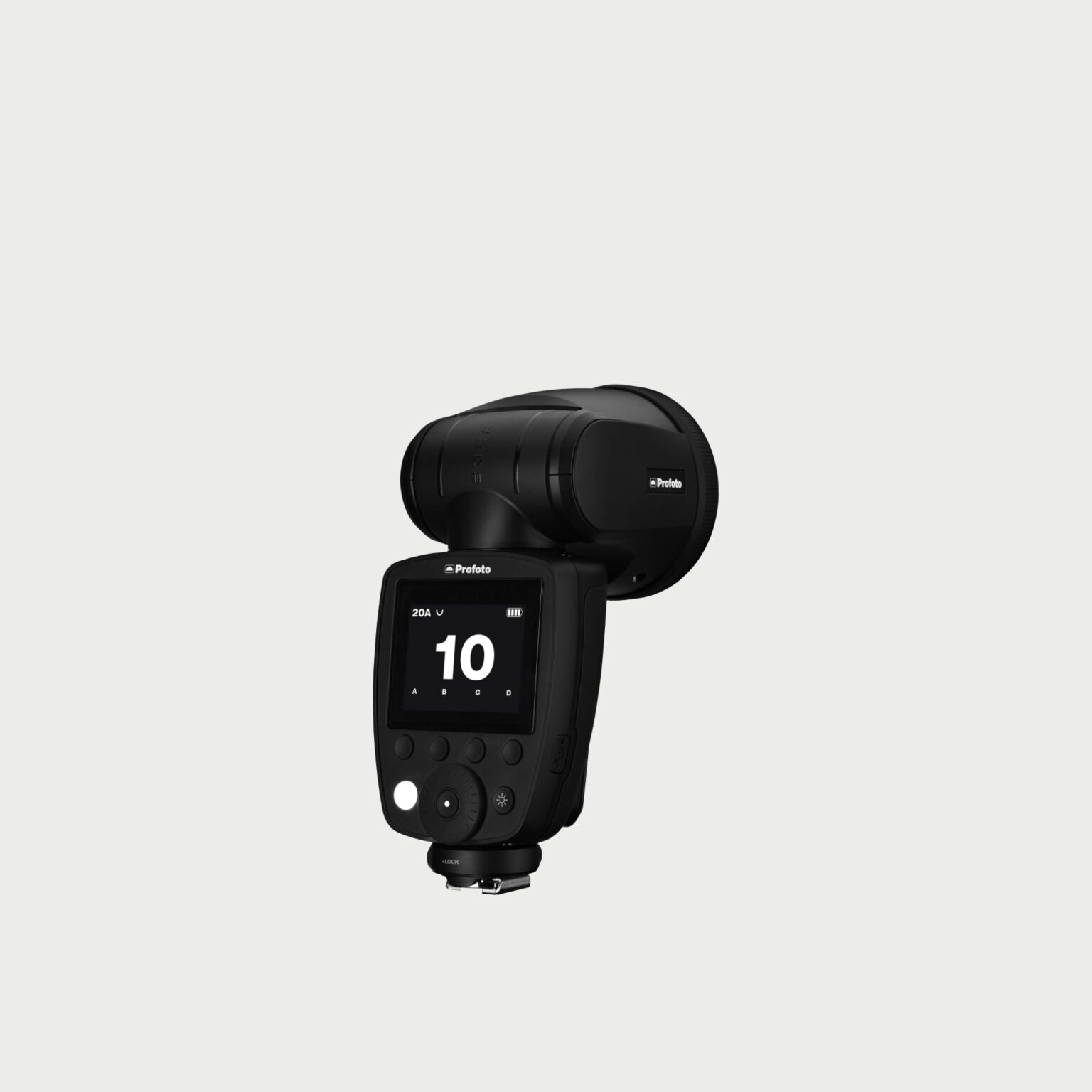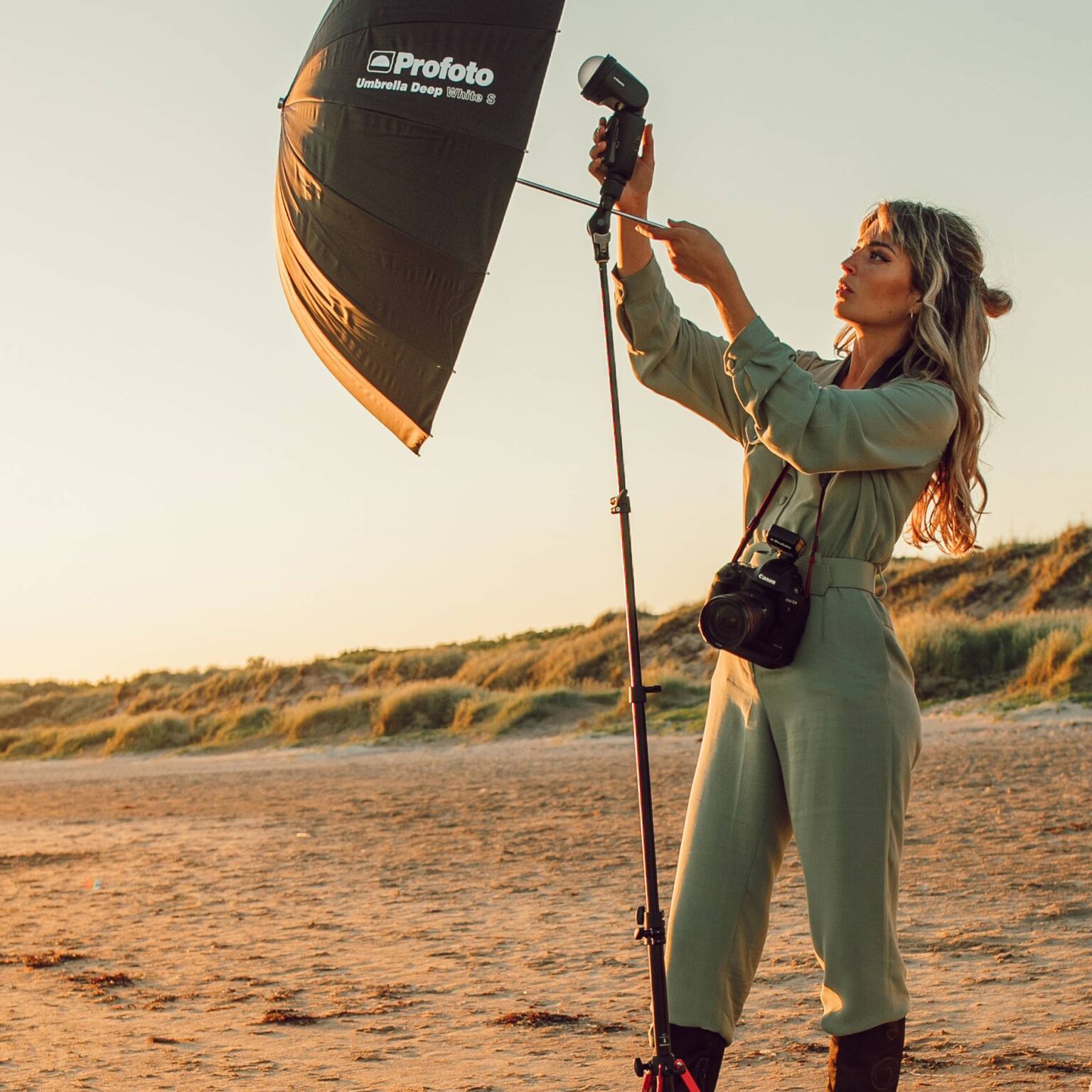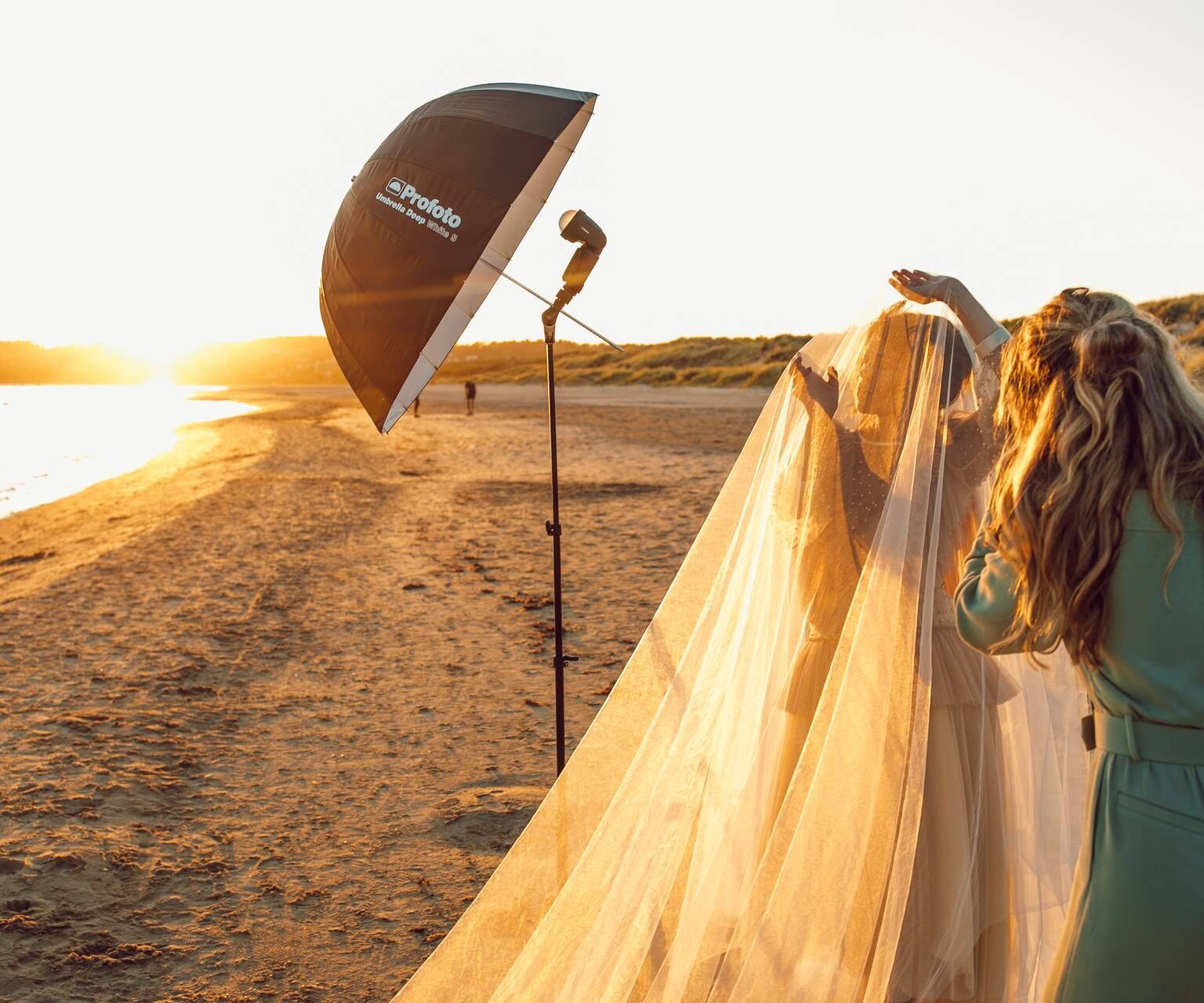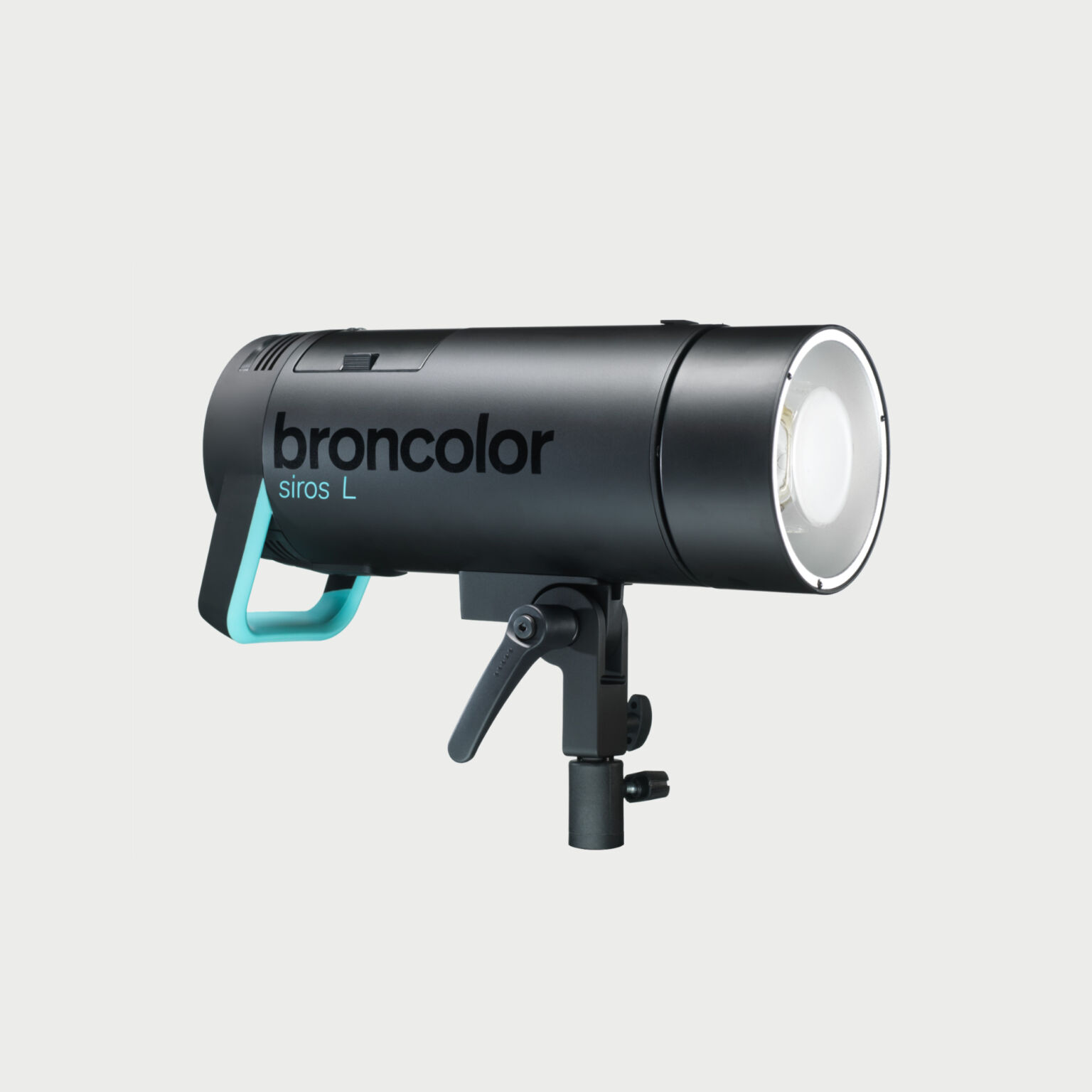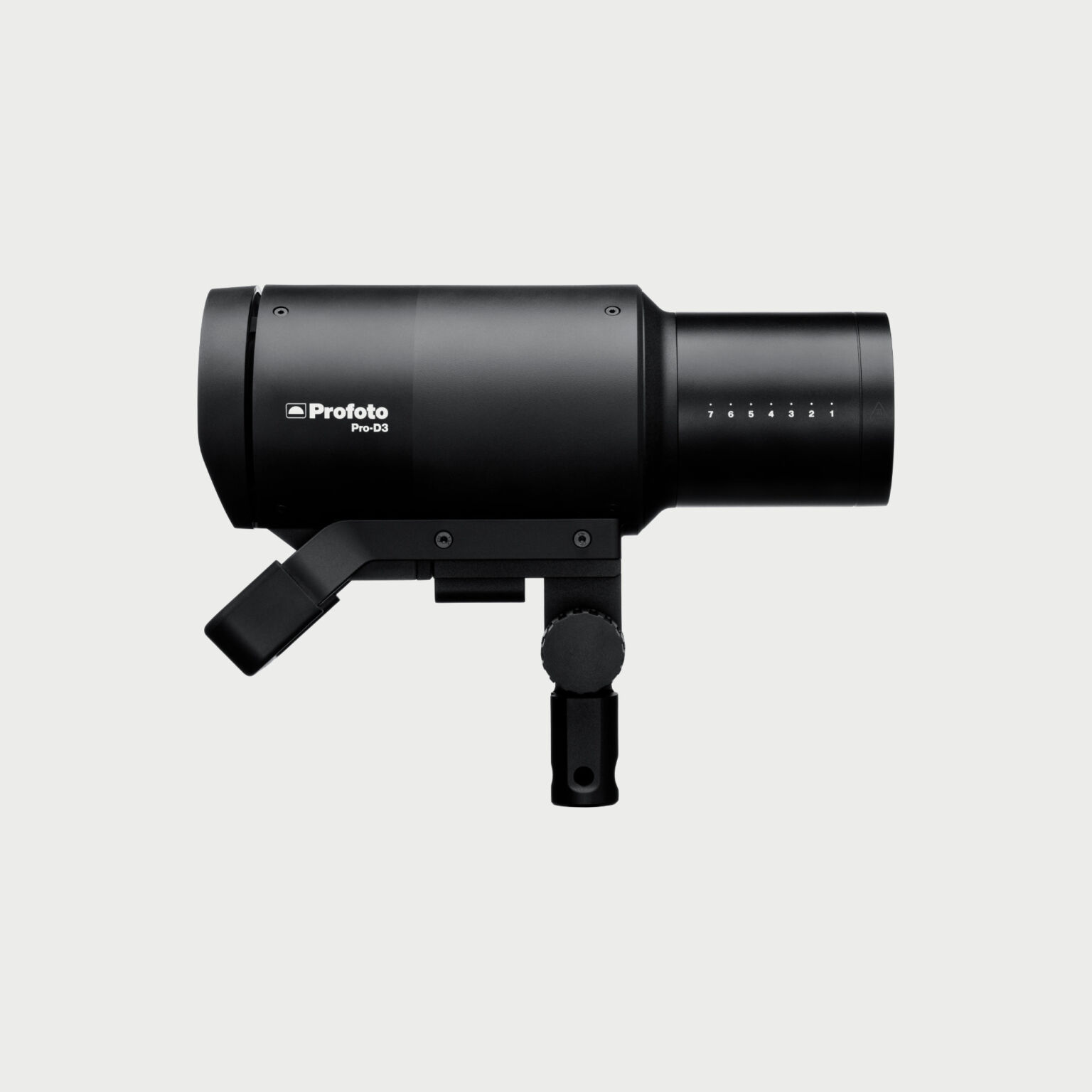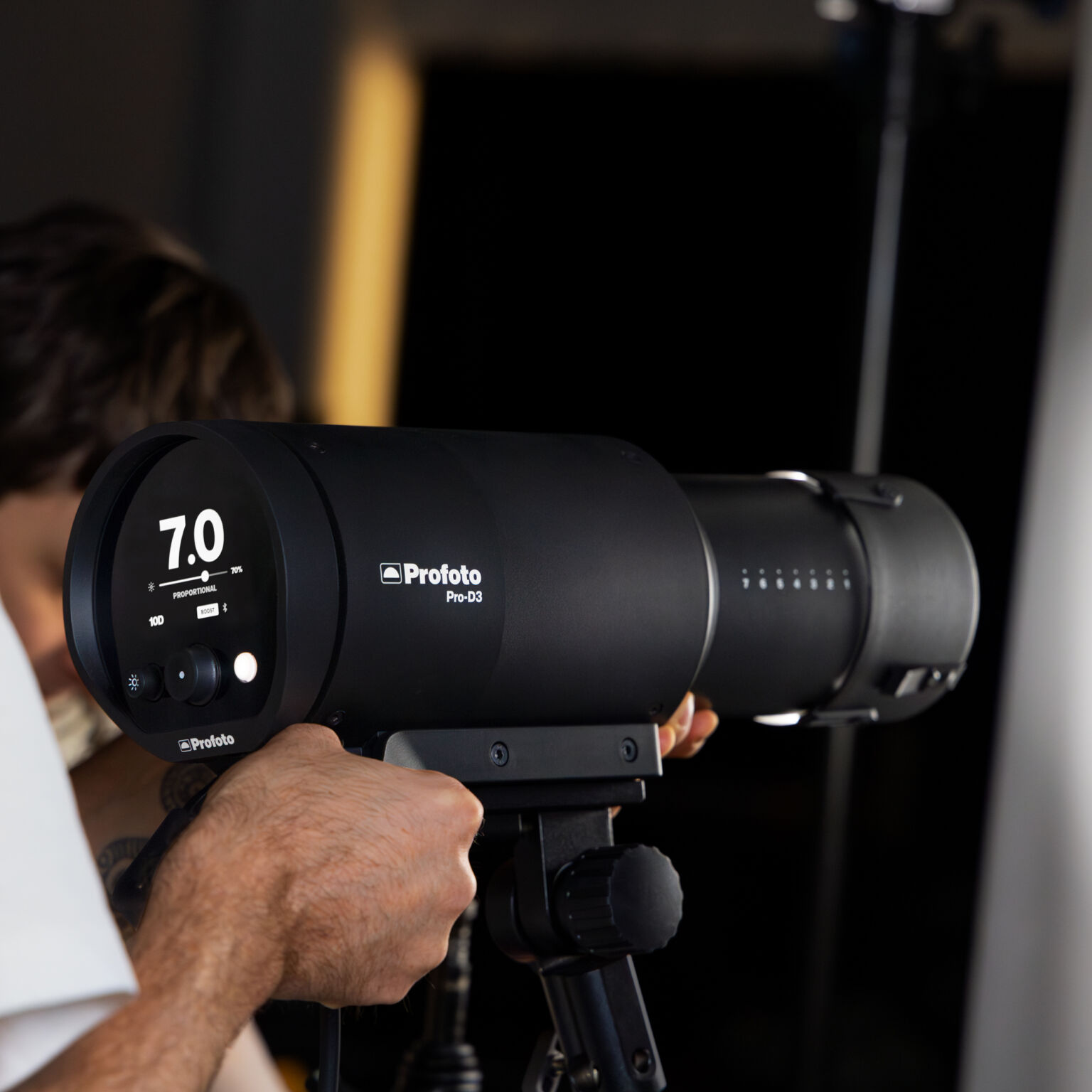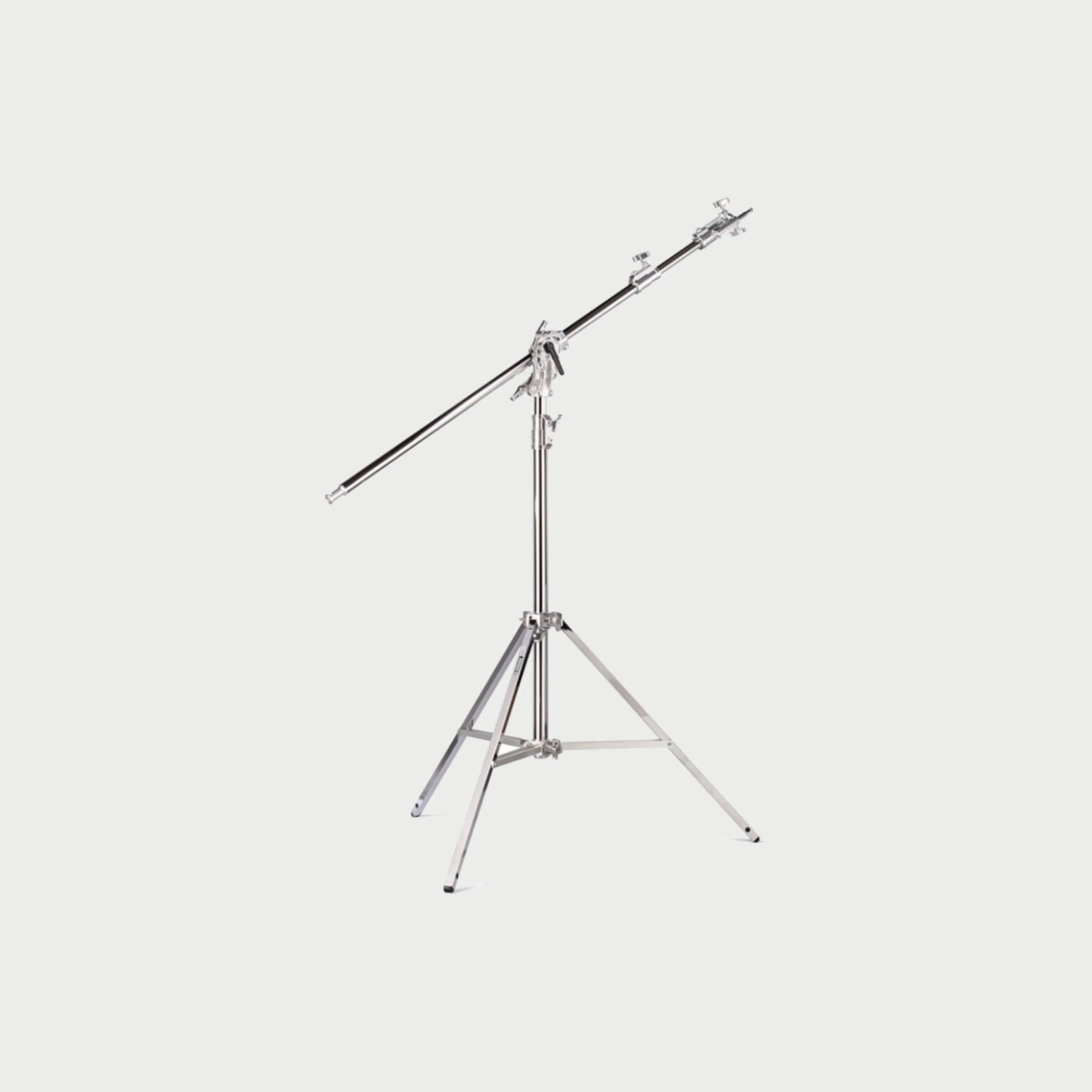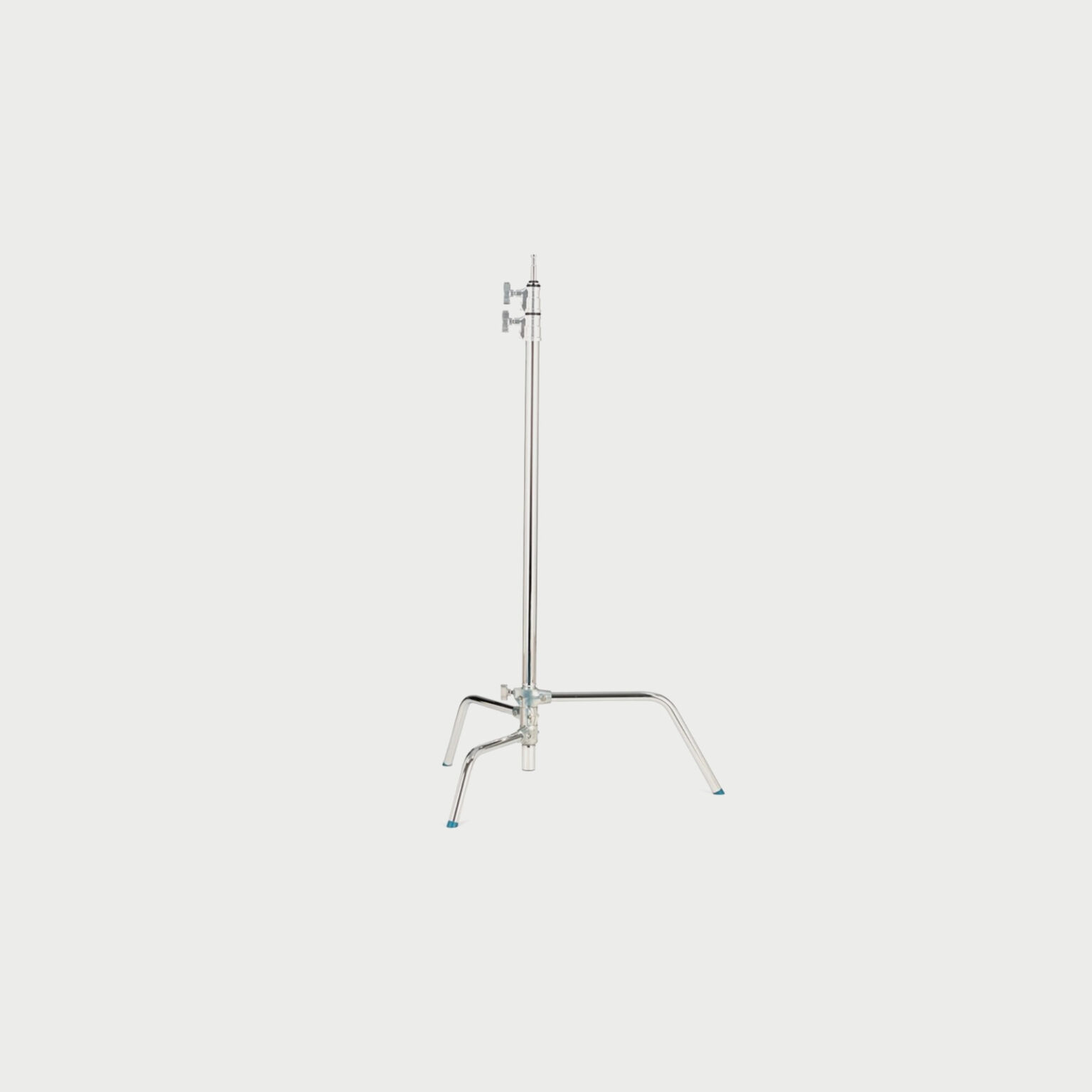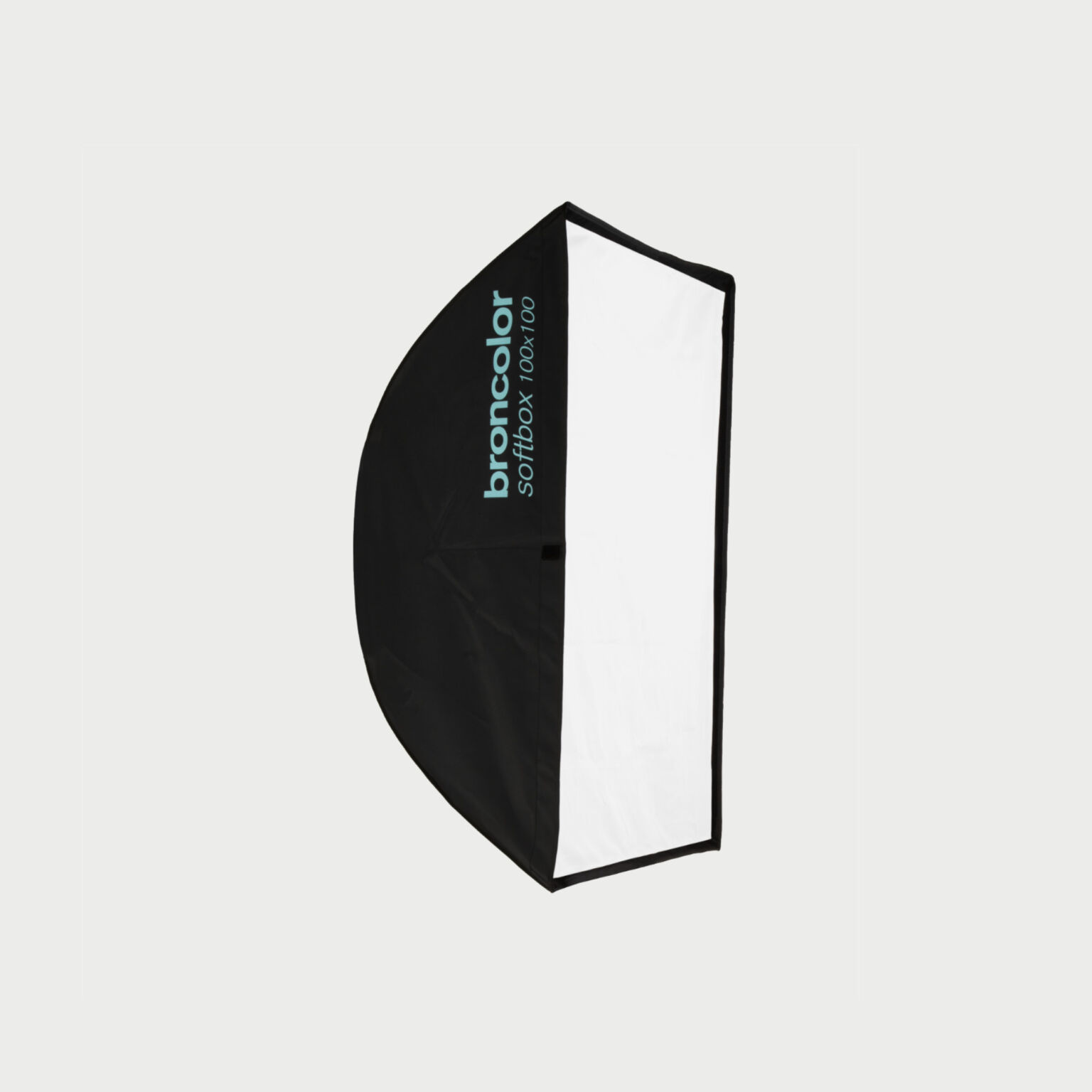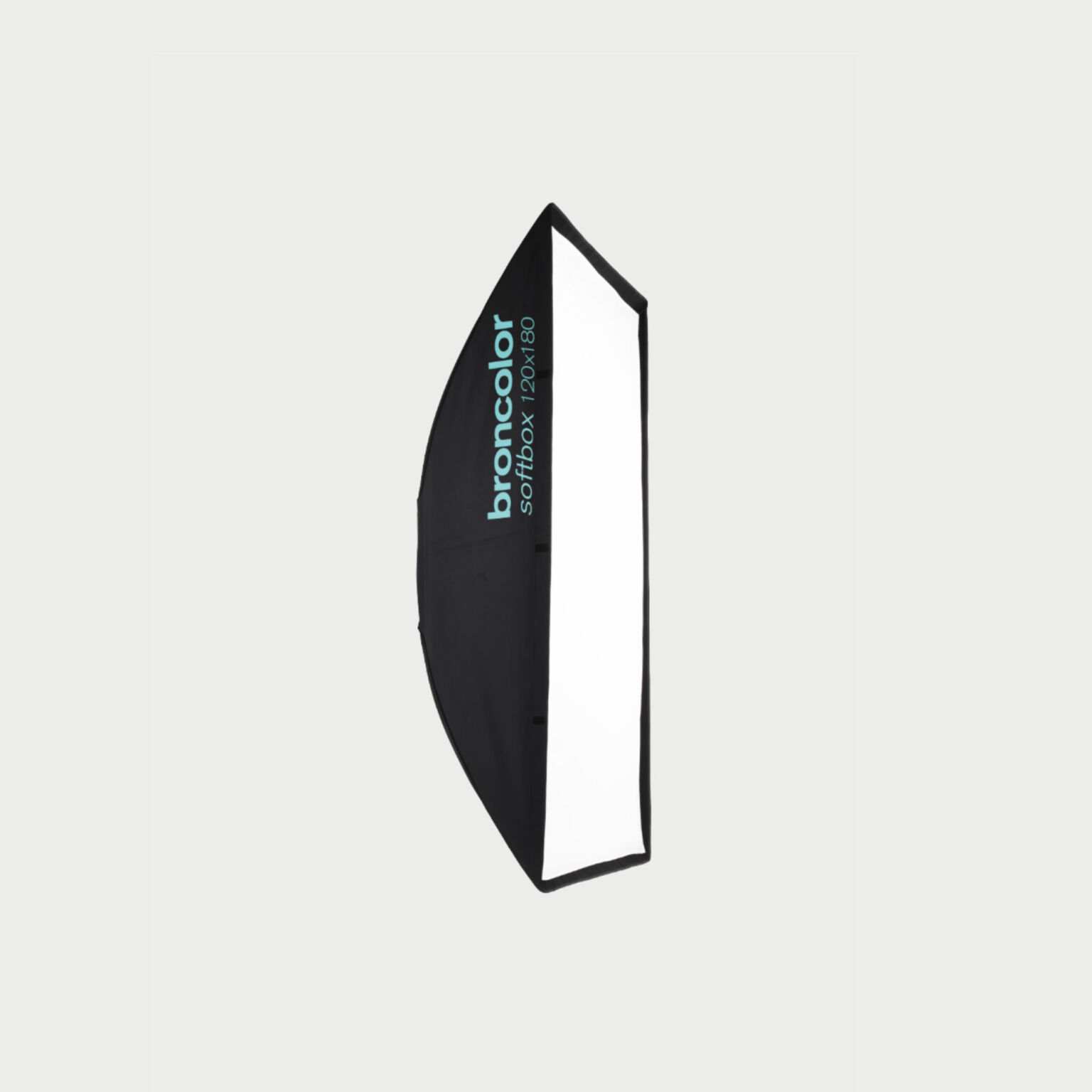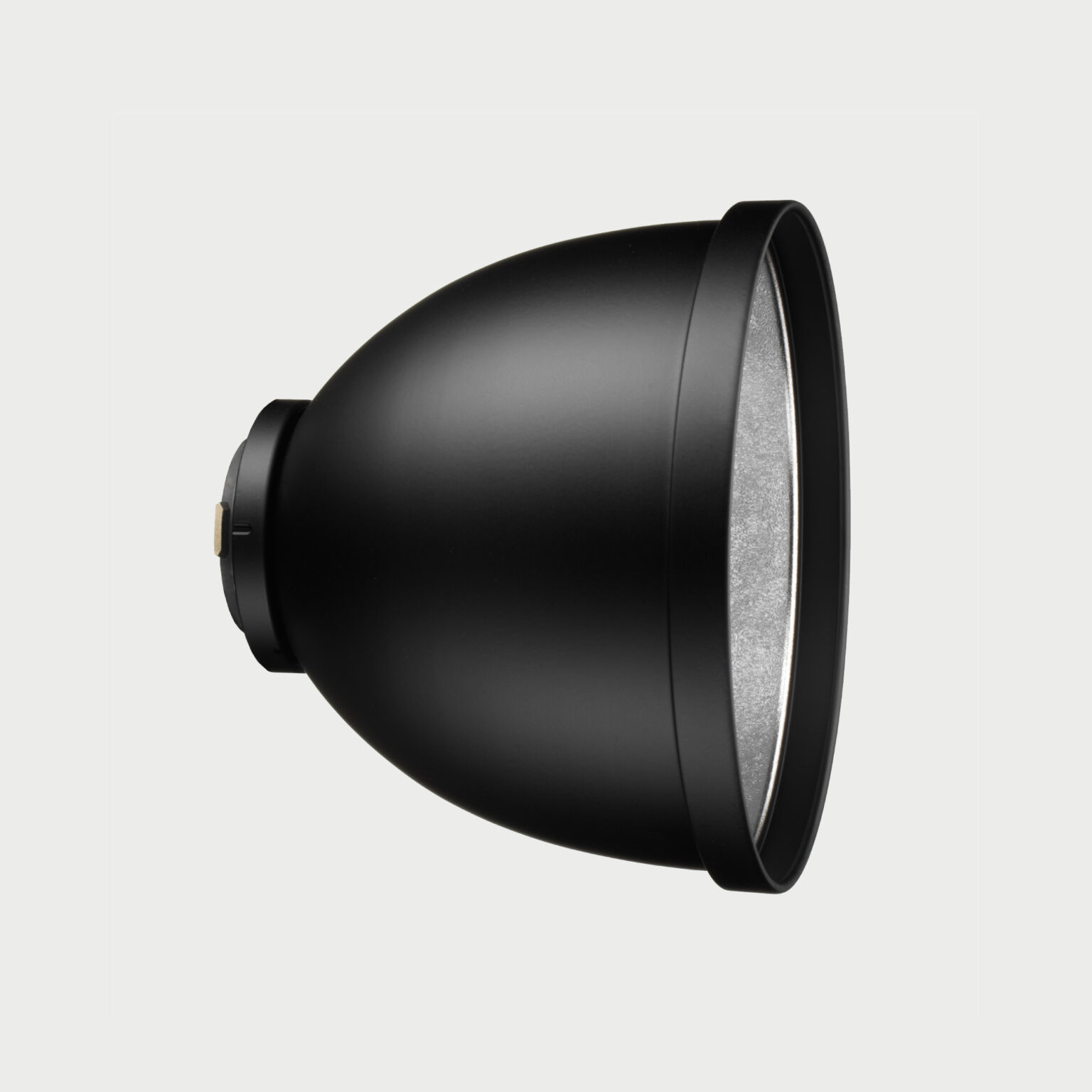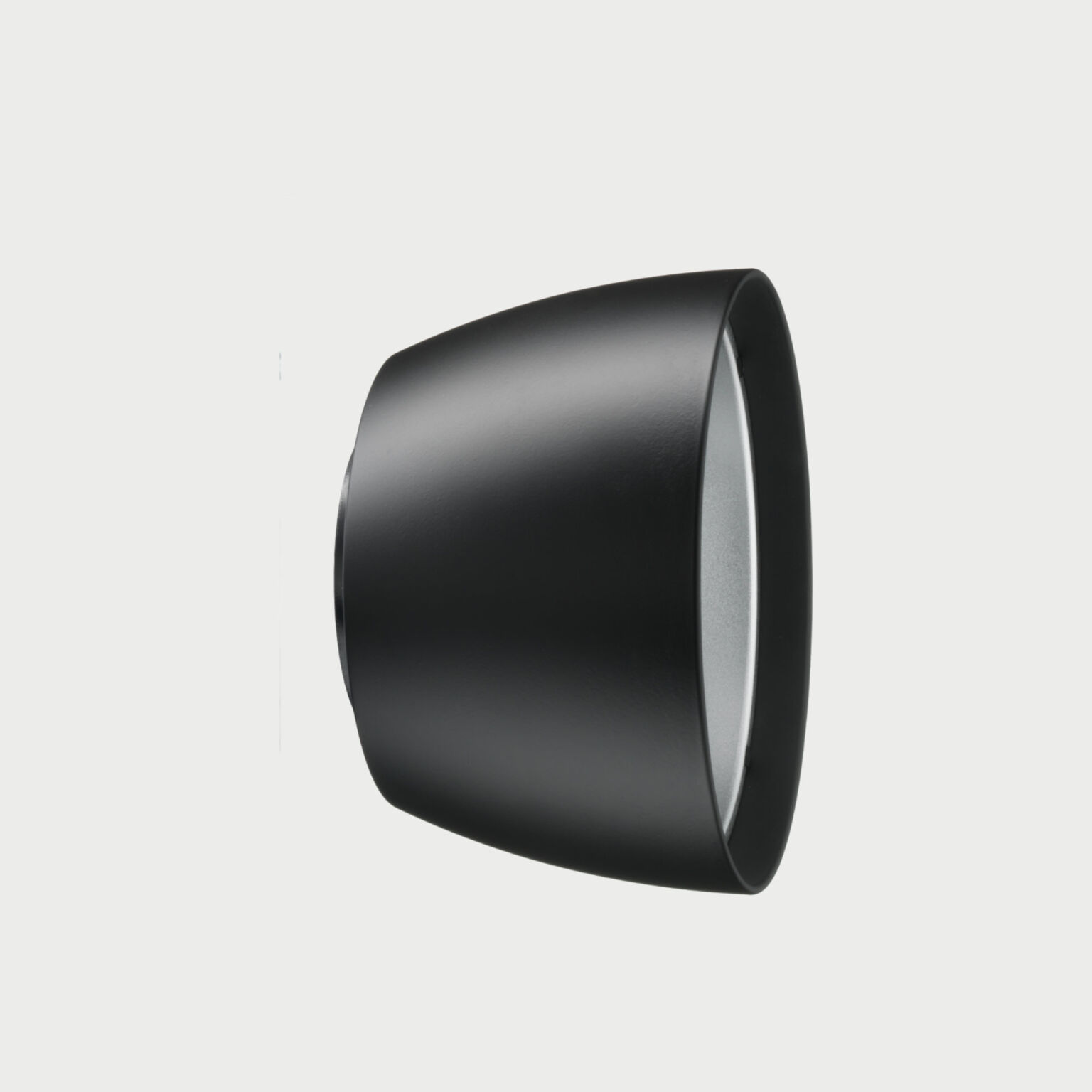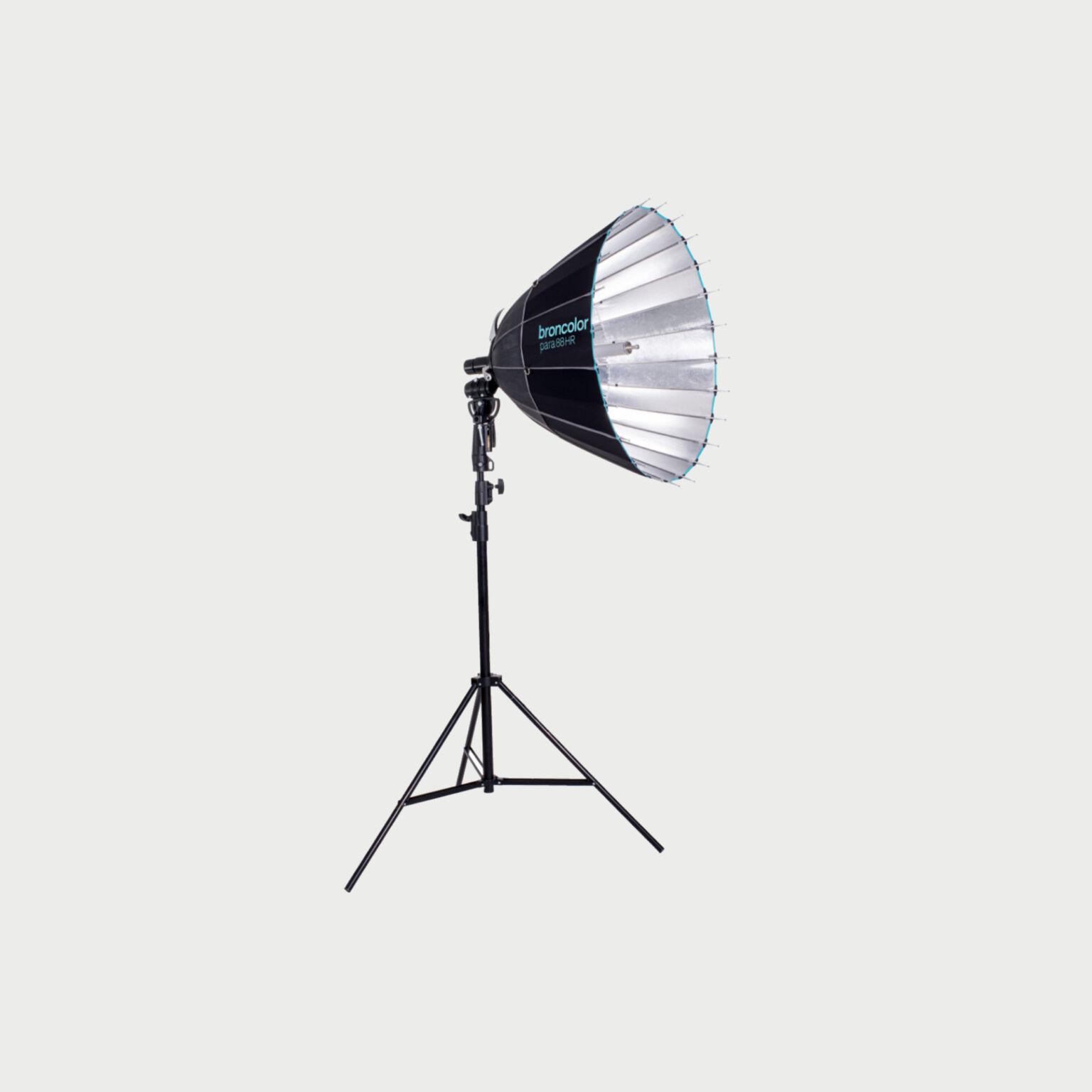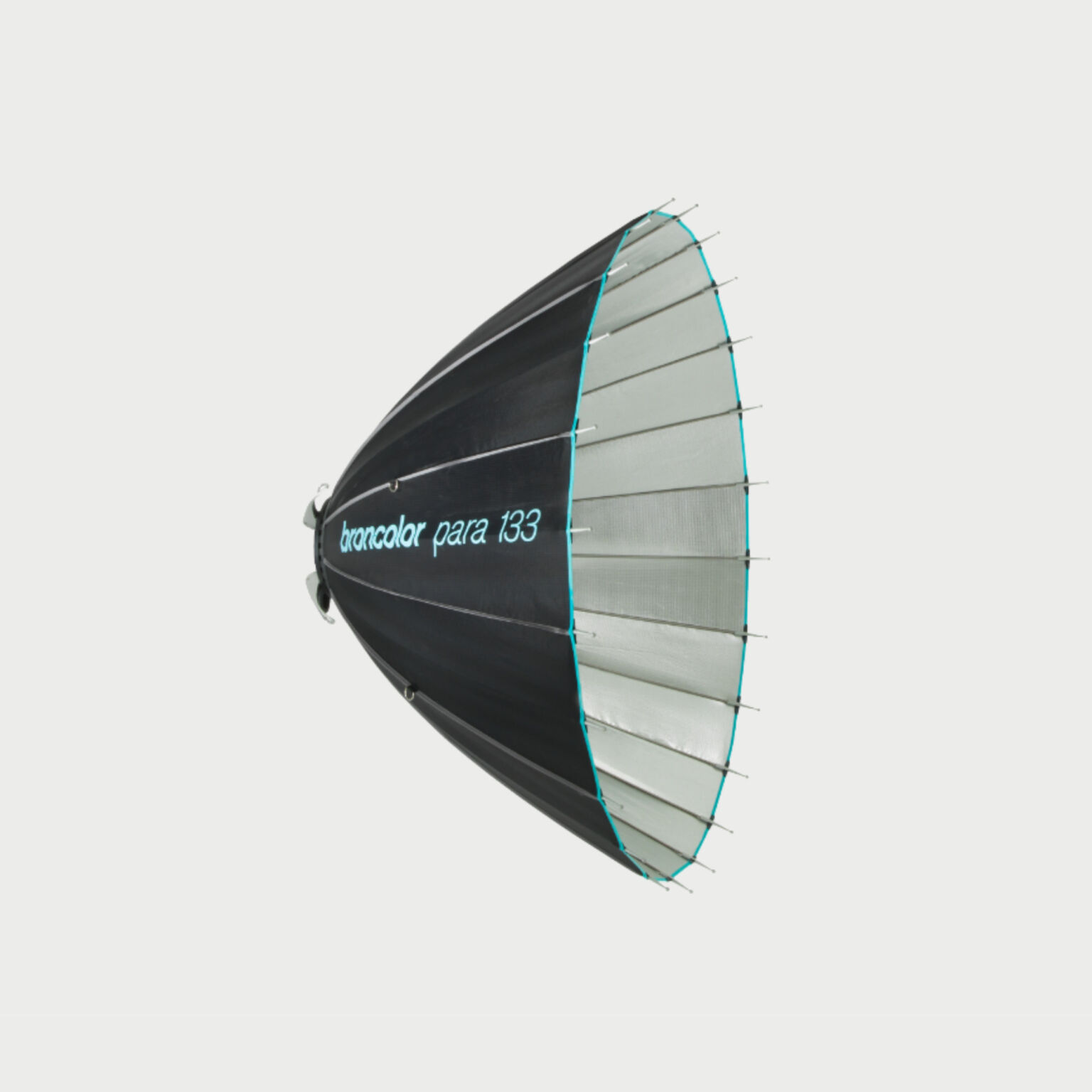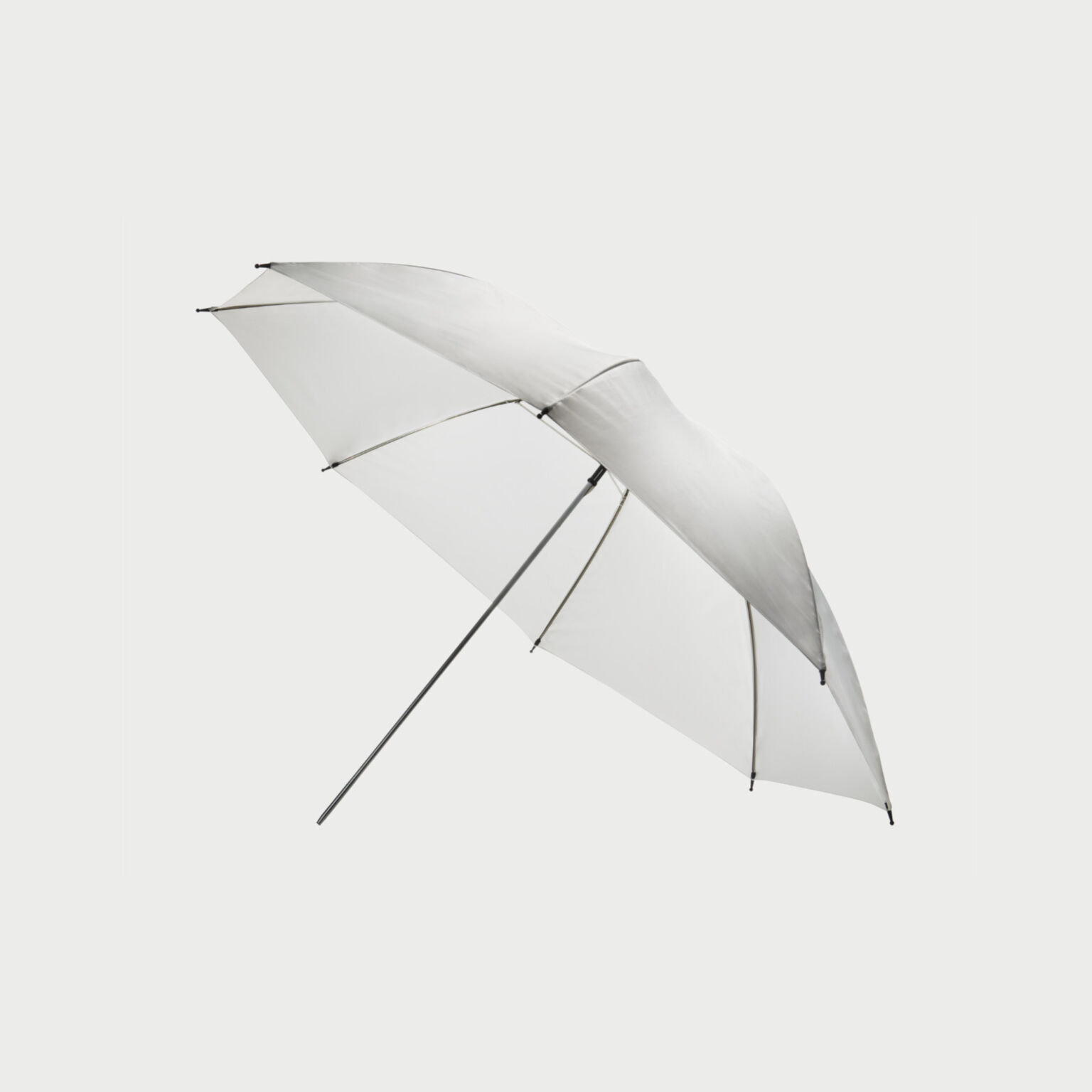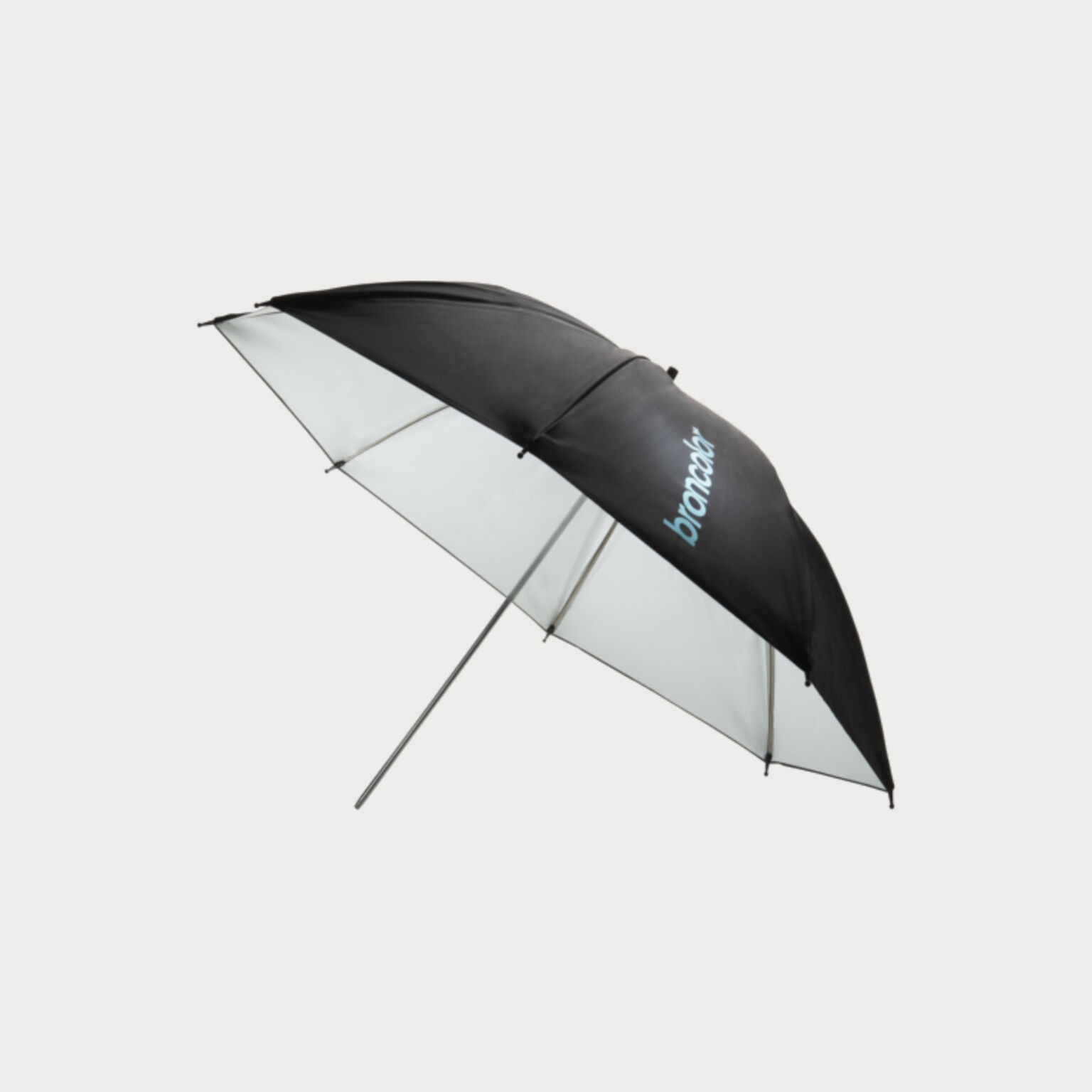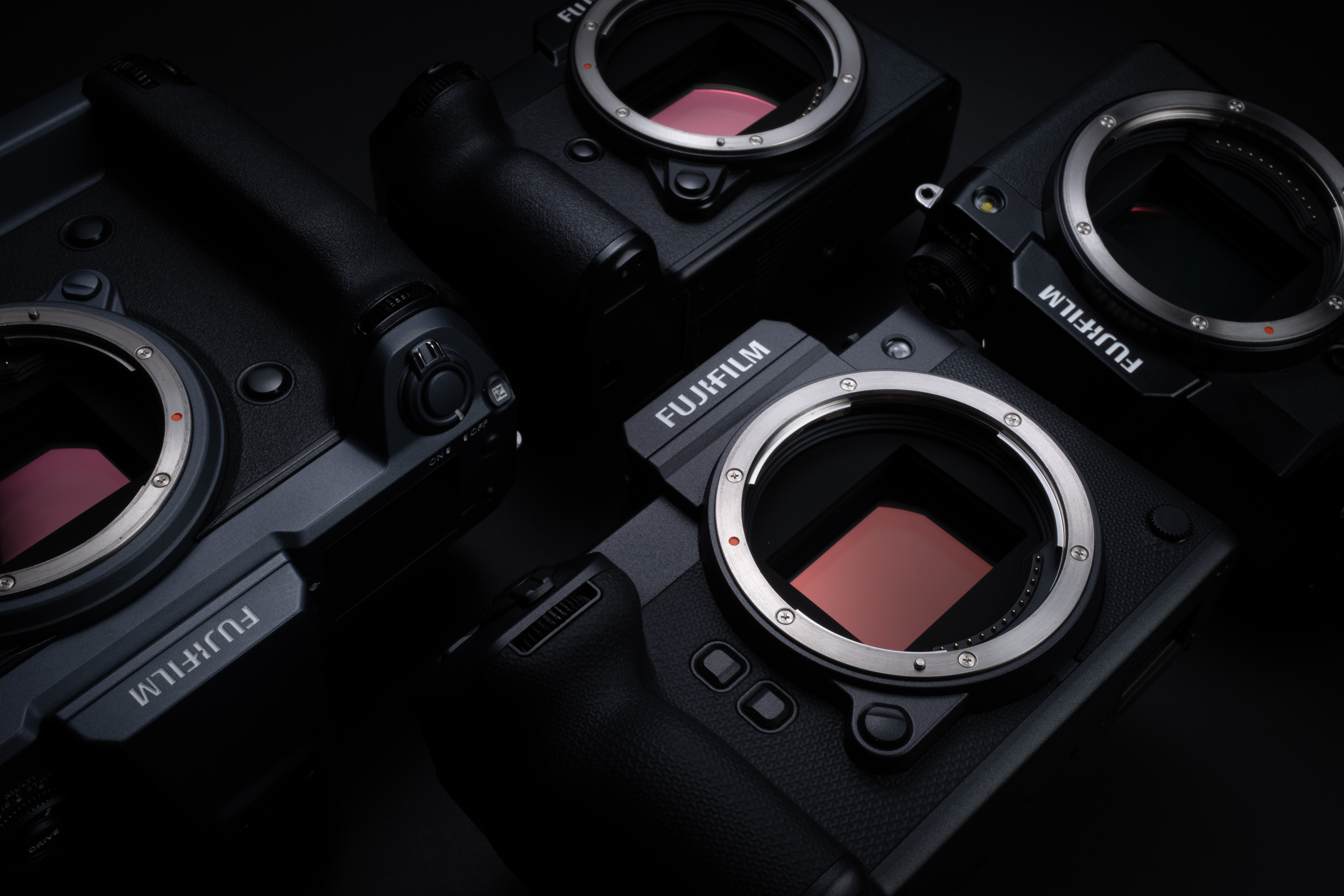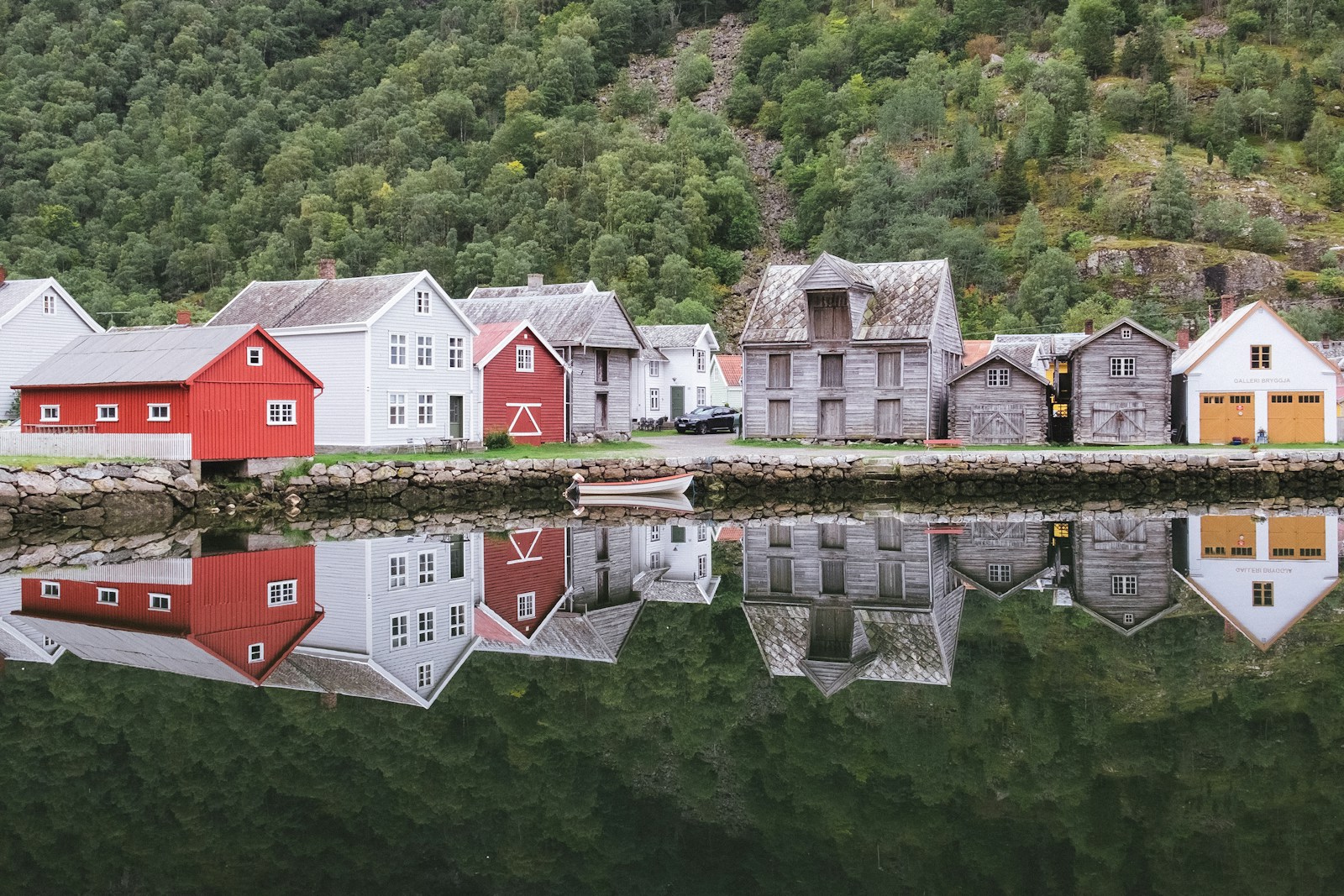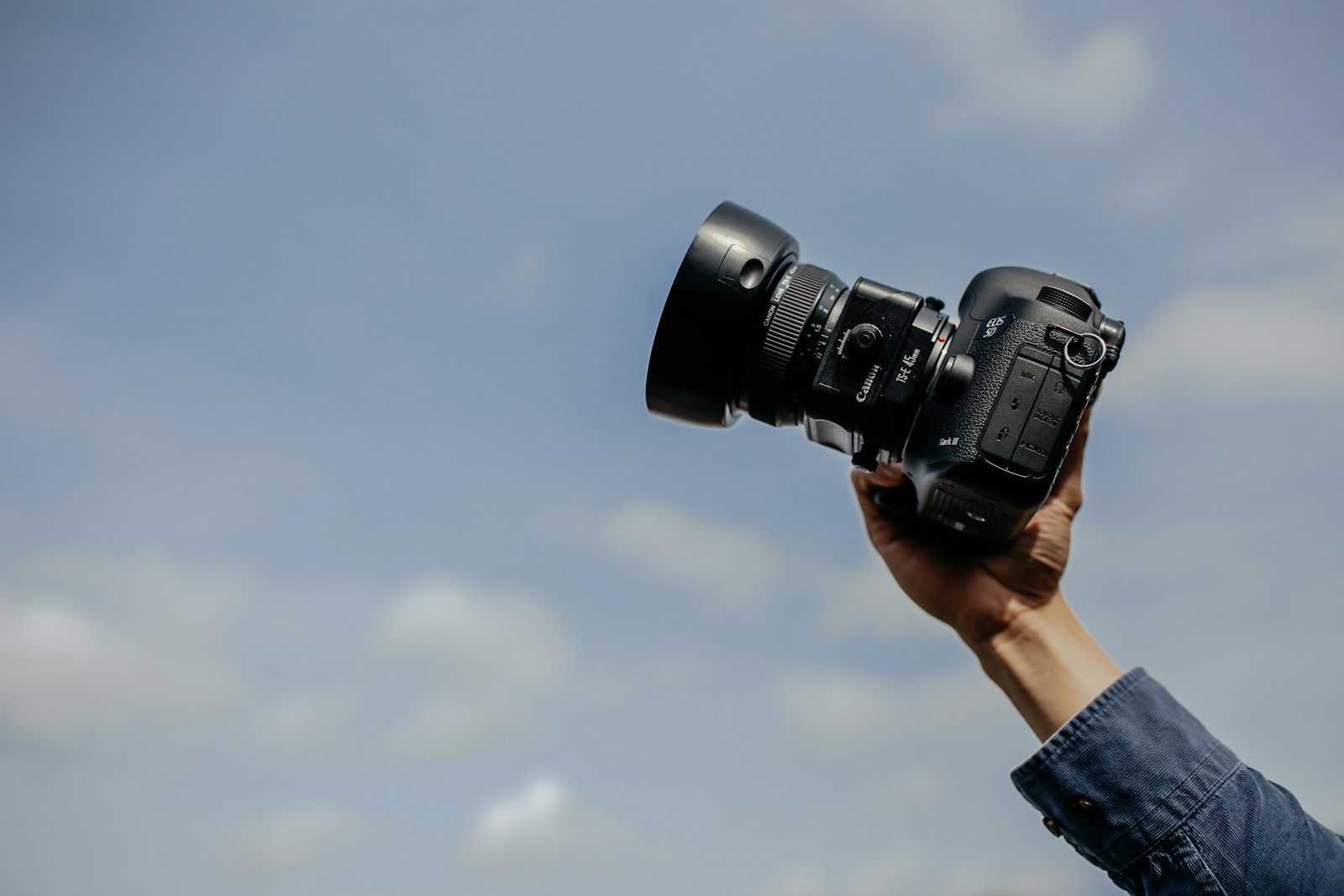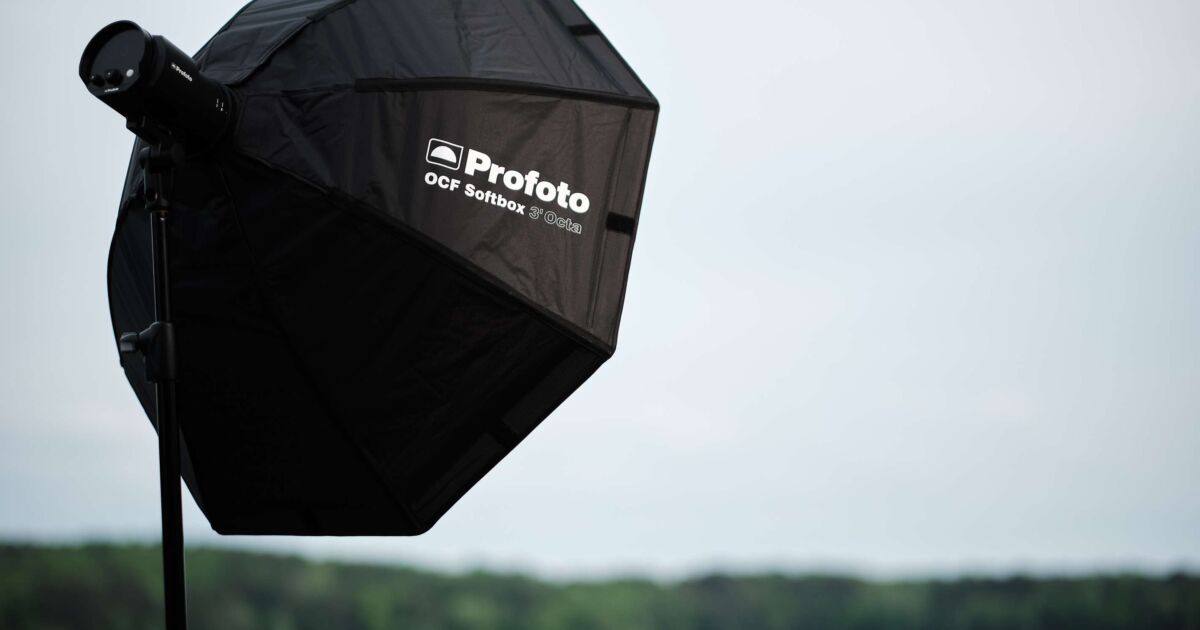When choosing between a full frame and crop camera, you must consider factors like image quality, portability, and preferred photography style. Full-frame cameras offer superior image quality but may be less practical for on-the-go photography. They excel in landscape and low-light scenarios. In contrast, crop cameras are more affordable and versatile, ideal for beginners and situations where portability is crucial. Your decision should align with your specific needs, workflow, and artistic goals.
Cobra strobes, monolights, or even ring flashes, these strobes lighting are essential tools in photography. They provide photographers with the ability to control light to capture beautifully exposed photos. Understanding the different types of strobes lighting available and knowing how to use them in various situations will enhance the quality of your photos.
In this article, we explore with you the types of strobes lighting and when to use them to improve your lighting skills and express your creativity. It will help you choose the most suitable flash for each situation.
Table of contents
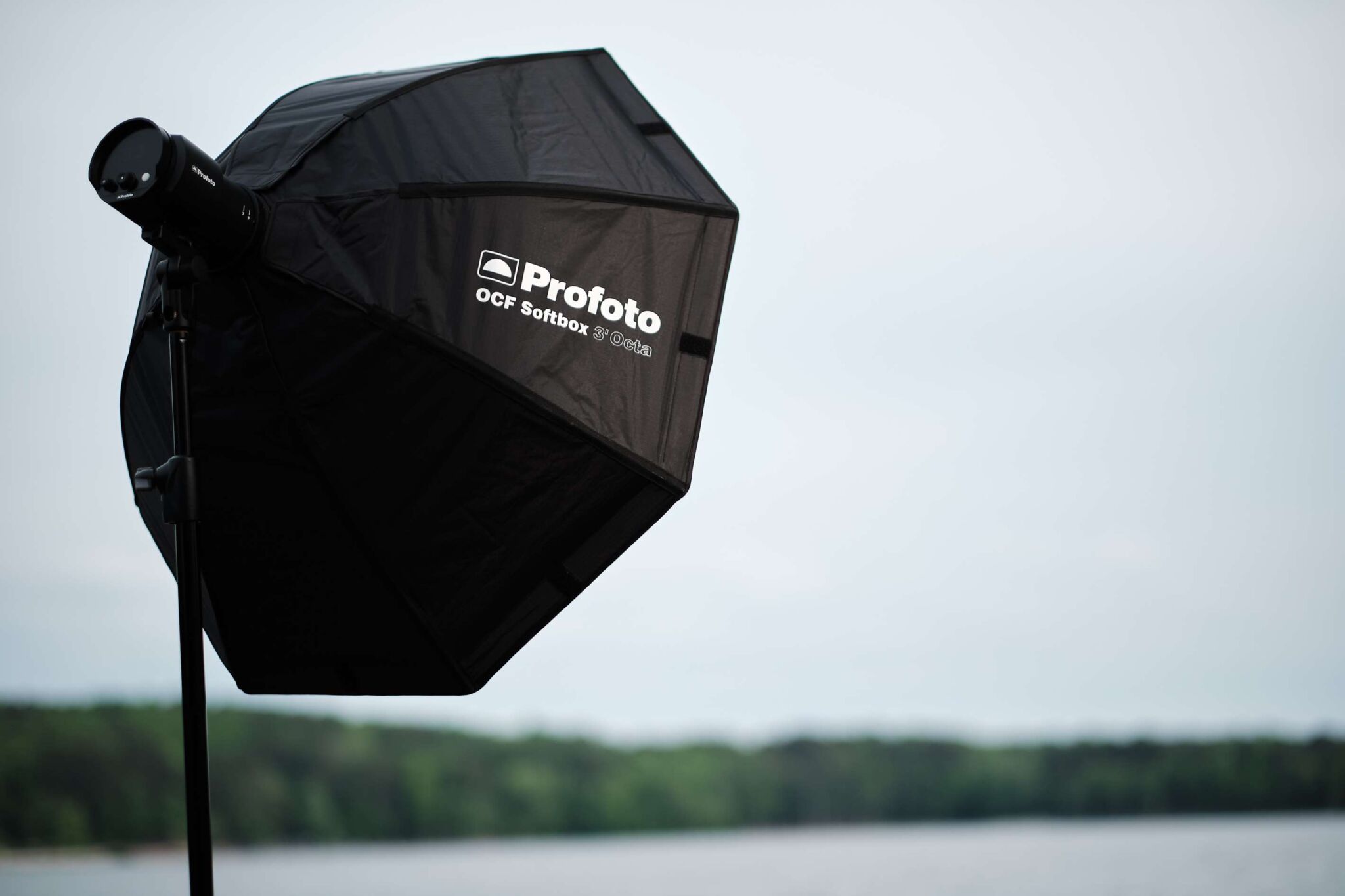
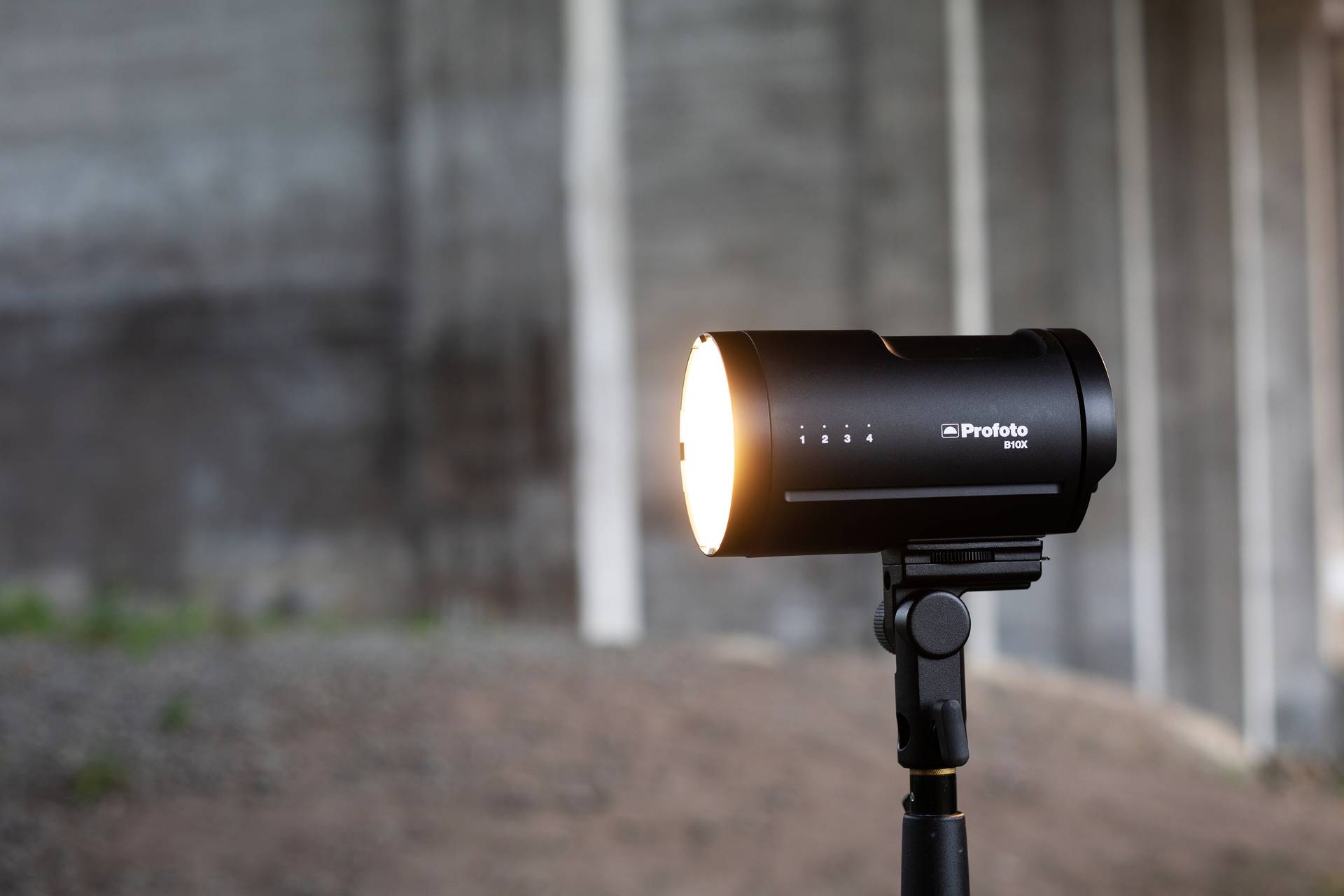
1. Why and when do you need a flash?
An off-camera flash refers to any flash unit separate from the one built into your camera. It can be mounted on the camera (speedlight) or on the lens, or placed anywhere around the subject (monolights). Generally, non-integrated flash units offer more advanced options.
Using a flash provides greater artistic freedom and better lighting control. With an artificial light source, you can experiment with different angles and directions to achieve more creative lighting effects.
Here are the main reasons why you may need to use a flash in photography:
- Low ambient light: When natural light is insufficient, such as indoors or in the evening, a flash helps properly illuminate the subject.
- Freezing a moving subject: By using a flash, you can shorten the exposure time and freeze a moving subject without blur.
- Obtaining more directional and controlled lighting: An external flash allows you to control the direction and quality of light, which is not possible with the built-in flash.
- Enhancing portraits: Flash, especially if placed away from the camera, can soften shadows and provide more flattering lighting in portraits.
2. The different types of flash
Speedlight
The speedlight is known for its easy adaptability, producing light similar to that of the built-in flash. A common method is to attach it to the camera’s hot shoe and aim it towards the ceiling. This setup helps illuminate the room evenly with soft light, creating the illusion of abundant natural light in your image.
Using the speedlight in this way is a great way to start using an external flash. It’s recommended to combine it with accessories such as light modifiers to control the quality of the lighting. This helps achieve professional results.
Ideal for: The speedlight is ideal for areas such as street photography, photojournalism, or event coverage, where responsiveness and adaptability are necessary. The external flash mounted on the camera’s hot shoe allows for quick adjustments and great versatility, contributing to enhancing the quality of your spontaneous shots.
On-camera strobes
Monolights
Monolights are standalone flash units designed for studio photography. Their compact and integrated design distinguishes them, combining the flash, housing, and power supply into a single unit. This makes them easily portable and installable in the studio.
They are also easy to control. You can adjust the brightness and duration of the lighting with buttons or digital screens. They are often powered by built-in batteries, providing autonomy without relying on an external power source. These studio flashes can be used with various accessories to modify the light and enhance the quality of studio lighting. This enables professional results.
Ideal for: Monolights are perfect for studio photography as they offer powerful and directional lighting. They are often used with accessories such as reflectors, diffusers, or umbrellas. Photographers can precisely control the light to achieve professional and artistic results.
Monolights
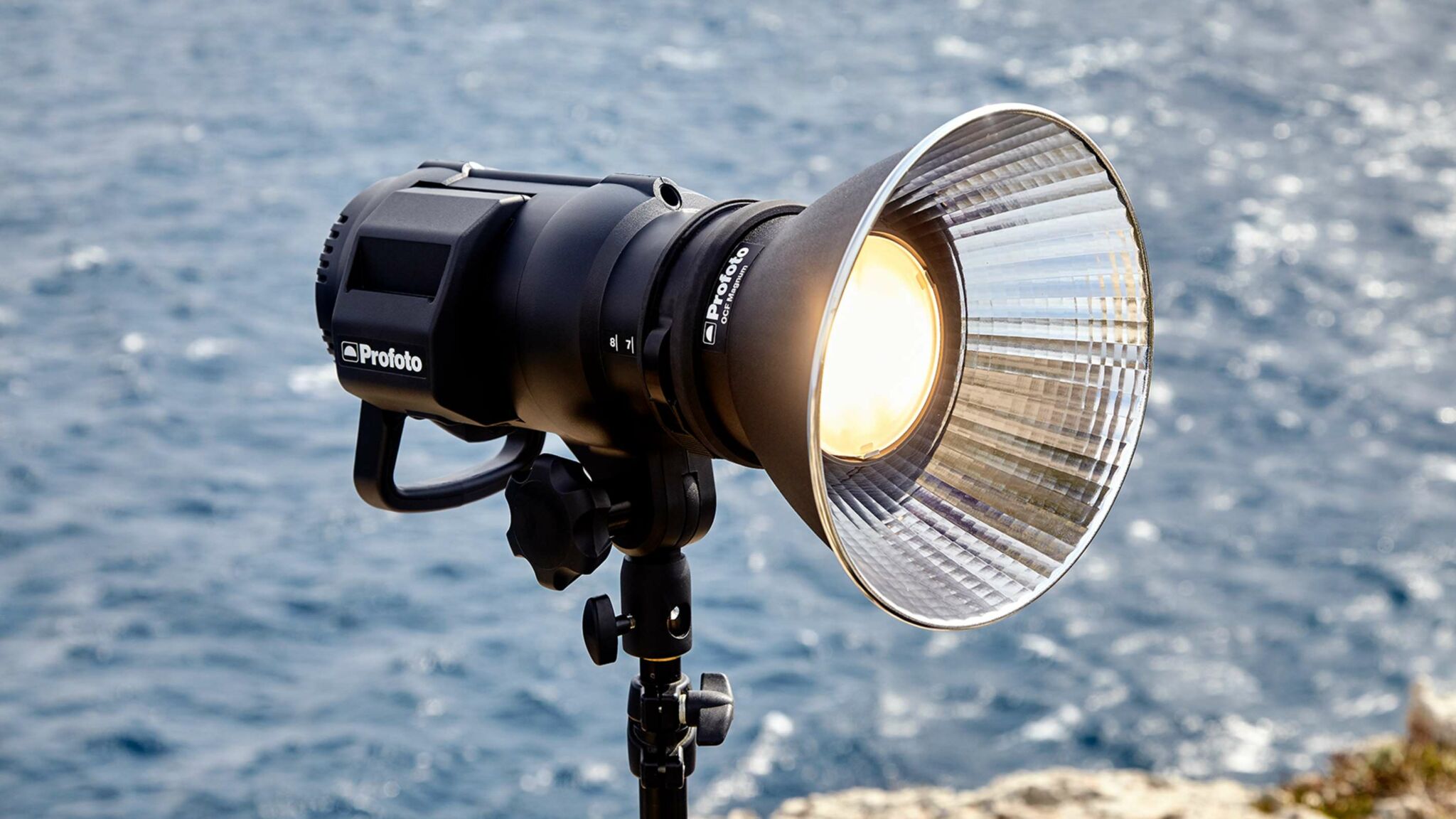
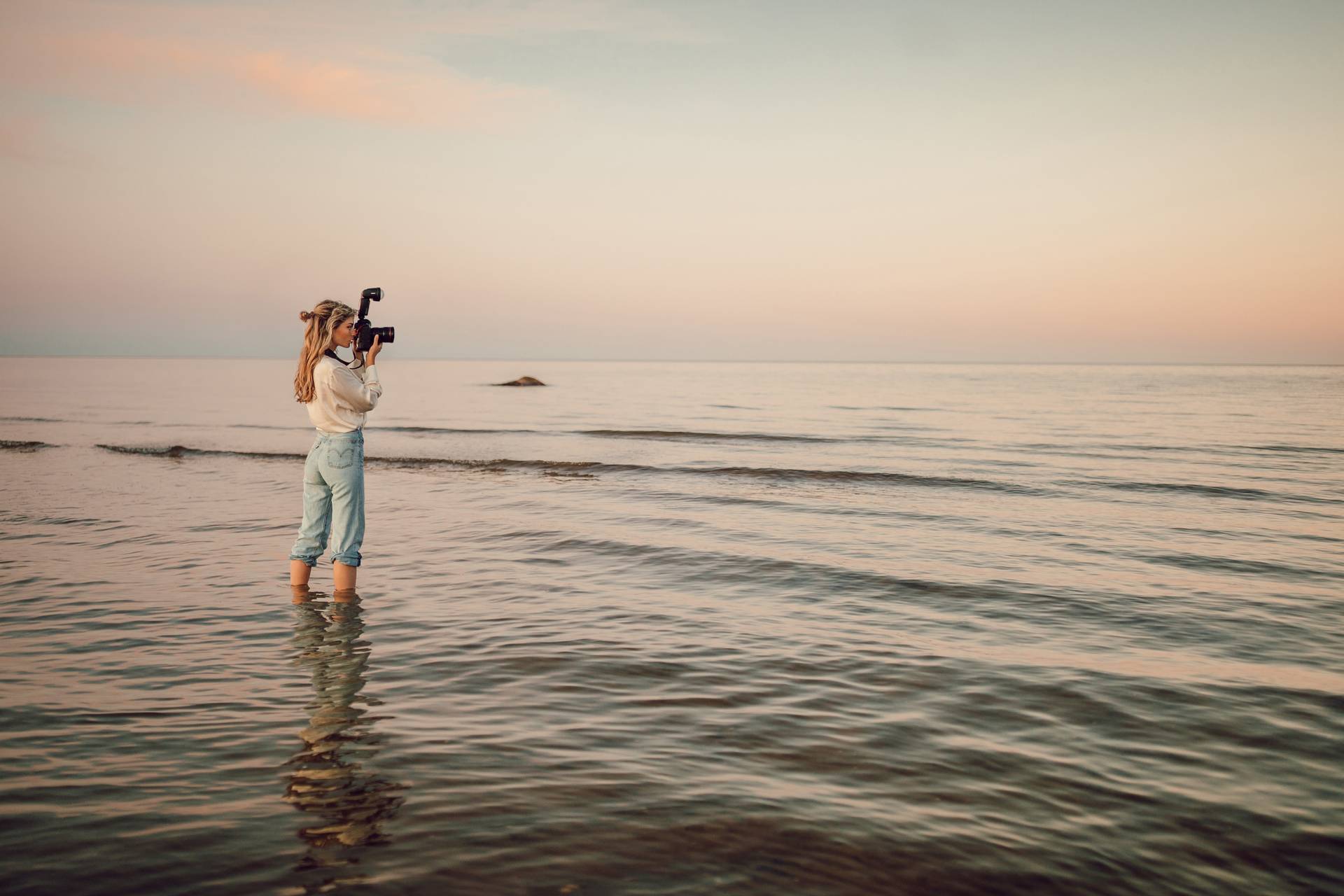
3. Additional accessories and light modifiers
Light Stand
Light stands are essential in photography and video, allowing for precise positioning of light sources to achieve the perfect lighting. They provide stability and flexibility to adjust the angle and height of the lights, thereby enhancing the quality of the shots.
Among the available types are light stands, light booms, support arms, as well as accessories like light clamps and couplers. By combining these elements, photographers can precisely control the light for professional and creative results.
Tripods & Grips
Softboxes
Softboxes allow for soft and diffuse lighting. The fabric diffuses and scatters the light, creating soft and uniform light with reduced harsh shadows. They come in various shapes and sizes, enabling photographers and videographers to customize the quality and direction of light for different creative effects.
Softboxes
Reflectors
Reflectors are essential tools in photography and video used to manipulate and enhance natural or artificial light. These light control accessories typically consist of a reflective surface stretched over a frame. Reflectors redirect light onto a subject, helping to soften shadows, make lighting less harsh, and create a more balanced and flattering light.
Reflectors
Paras
Parabolic reflectors, or simply paras, are advanced light modifiers used in photography to achieve precise and controlled lighting. Paras have the ability to focus and sculpt light with precision. Their design allows photographers to create soft yet directional lighting, resulting in diffused and evenly distributed light.
Paras
Umbrellas
Umbrellas are versatile and simple accessories among the light modifiers in photography. They offer the ability to increase or diffuse the light source depending on the type of umbrella chosen. Transparent umbrellas allow light to pass through and can soften the light when placed close to the subject being photographed.
On the contrary, reflective umbrellas allow light to bounce from the inside. This increases its power and sometimes modifies its color temperature.
Umbrellas
4. Utilization and mastery of flashes to enhance your shots
In conclusion, mastering the different types of flash and using them appropriately can transform the quality and aesthetics of your photos.
Whether you’re using a speedlight for flattering portraits, monolights for precise control in the studio, or experimenting with different accessories to modify the light, each type of flash offers unique photos.
Understanding how to leverage the various types of strobe lighting allows you to explore new artistic perspectives, improve the quality of your photos, and fully express your creativity.

